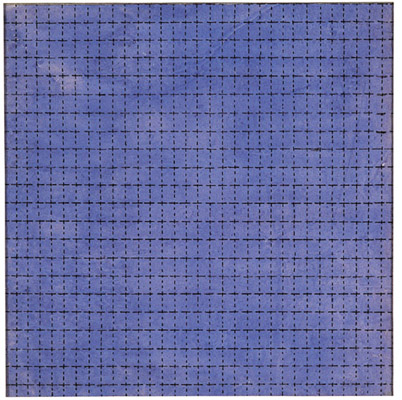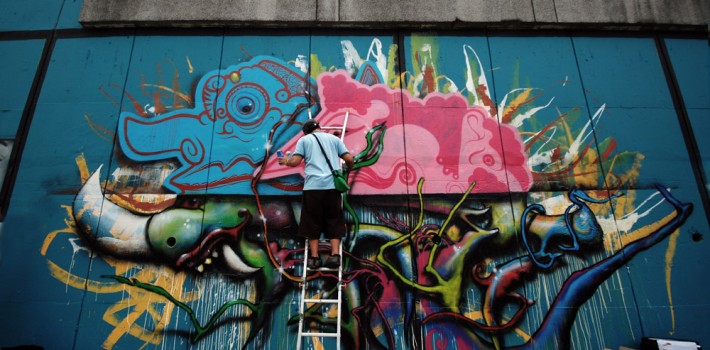Curating is an art form in it’s own right. Get it right and your show will be way more spectacular than the sum of the individual works of art. Get it wrong, and your visitors may wander around bewildered, not “get” the art at all, and leave with unhappy faces!
I recall a very memorable experience in 2005 at the opening of the “3 x Abstraction” exhibition at the Drawing Center in New York. Wandering around the show I was immersing myself in the exceptional works of Emma Kunz, Hilma af Klint, and Agnes Martin. At one point though I stood in the center of the main gallery and took a sweeping look around the space. What I saw amazed me – the show looked like a symphony of light in which each painting was a note. It hadn’t just happened that way – it was the result of excellent and creative execution of the curator’s art.
Next time you organize an art event – be it a solo or group show – be sure to take full consideration of the powerful effects of curating. Here are some useful tips to creating a stunning show:
- Plan well in advance. We recommend that you start planning for any art event (even an open studio series) at least 3 months in advance – preferably longer. There are many steps in the process to a great art show and all take time.
- Choose artists and themes carefully. If it’s a group show, choose a fairly small number of artists whose work either compliments or contrasts in a way that makes sense. If there are significant variations in theme you might want to segment the show into different staging areas (just like the rooms of a gallery)
- Think Minimalist – less is more. Ever been to one of those shows where you couldn’t even see any wall-space? Art needs room to breath. The space around the art is crucial to good presentation. I’ve noticed a general trend that the more expensive and exclusive the art the less is generally placed within a given space. Conversely, inexpensive shows often plaster every inch of wall space with art – it looks cheap and doesn’t showcase the work well.
- Visit excellent art exhibitions. Learn from the professionals by going to a significant art exhibition at least once every week. That might be an art museum or a commercial gallery or an open studio. By attending art events regularly you’ll quickly get a feel for the style of curating you would like to model in your show.
- See the big picture. Just as I experienced at the Drawing Center, you too can create a show which is a symphony of light and creativity. My recommendation is to spend time with all the art pieces inside the (actual) exhibition space at least a week in advance of the show. Take some wonderful music, good food, and spend at least 2 days working with the organization of the art. Let each piece speak to you. Keep your heart open and take risks. Don’t get left-brained and analytical. Allow the symphony to unfold….
Enjoy the show – its so amazing and rewarding to see how visitors react to all that creativity you’ve invested!




I love this! I've never thought of an exhibition like that before. I'll be paying much closer attention to some of the curating in the higher-end shows in NY.
Excellent tips! Less is more is an important lesson.
An excellent post, Daniel. I have noticed that many of the high end shows in NYC and elsewhere only have between 10 and 15 pieces in them as well. The exhibits also usually sell out which I think is also due to the limited number of works. Less is more in both instances — fewer pieces to pick from and when collectors see that only a few are left without a "red dot", they want to own one also.